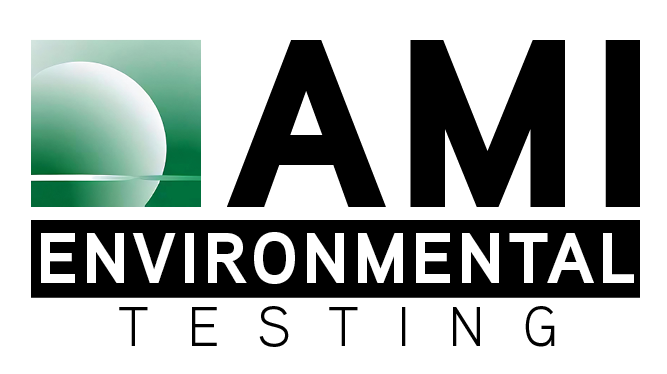In many workplaces, dust might seem like a mere nuisance, easily swept away or ignored. However, certain types of dust, known as respirable dust, pose serious health risks to workers. Respirable dust consists of tiny particles that can be inhaled deep into the lungs, leading to a range of health problems, from irritation and coughing to chronic conditions like silicosis and lung cancer.
One of the key concerns with respirable dust is its potential to contain harmful substances such as silica, asbestos, coal, and wood dust. These particles, when breathed in regularly over time, can cause irreversible damage to the respiratory system. Recognizing these dangers, the Occupational Safety and Health Administration (OSHA) has established regulations to protect workers from exposure to respirable dust.
OSHA’s regulations primarily focus on controlling exposure levels and implementing preventive measures in workplaces where respirable dust is present. For instance, OSHA sets permissible exposure limits (PELs) for various types of respirable dust, ensuring that workers are not exposed to levels that could harm their health. OSHA has established the permissible exposure limit (PEL) for respirable dust at 5.0 milligrams per cubic meter (mg/m3). Monitoring dust levels regularly and implementing engineering controls, such as ventilation systems and dust suppression techniques, reduces harmful exposures to respirable dust.
Understanding respirable dust and complying with OSHA regulations are crucial steps in safeguarding the health and well-being of workers in industries where dust exposure is a concern. By taking proactive measures to control dust levels and protect workers, employers can create safer and healthier workplaces for all.



